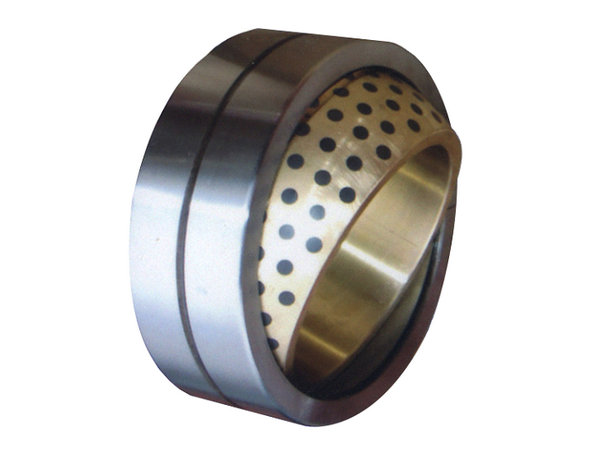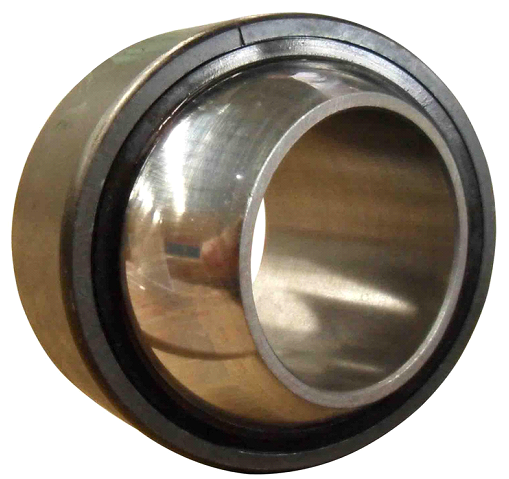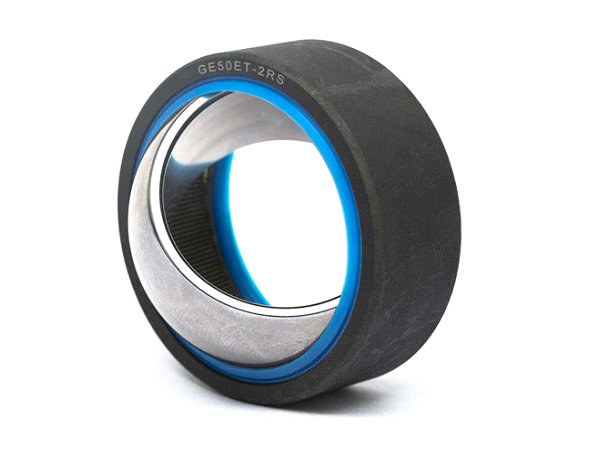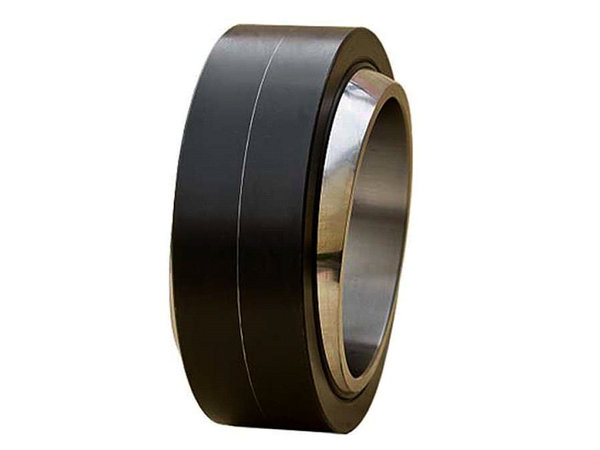Bushing ,a kind of slide bearings
2014-08-11
A bushing, also known as a bush, is an independent plain bearing that is inserted into a housing to provide a bearing surface for rotary applications; this is the most common form of a plain bearing. Common designs include solid (sleeve and flanged), split, and clenched bushings. A sleeve, split, or clenched bushing is only a "sleeve" of material with an inner diameter (ID), outer diameter (OD), and length. The difference between the three types is that a solid sleeved bushing is solid all the way around, a split bushing has a cut along its length, and a clenched bearing is similar to a split bushing but with a clench across the cut. A flanged bushing is a sleeve bushing with a flange at one end extending radially outward from the OD. The flange is used to positively locate the bushing when it is installed or to provide a thrust bearing surface.
Sleeve bearings of inch dimensions are almost exclusively dimensioned using the SAE numbering system. The numbering system uses the format -XXYY-ZZ, where XX is the ID in sixteenths of an inch, YY is the OD in sixteenths of an inch, and ZZ is the length in eights of an inch.Metric sizes also exist.
A linear bushing is not usually pressed into a housing, but rather secured with a radial feature. Two such examples include two retaining rings, or a ring that is molded onto the OD of the bushing that matches with a groove in the housing. This is usually a more durable way to retain the bushing, because the forces acting on the bushing could press it out.












 (Chat Online)
(Chat Online)







